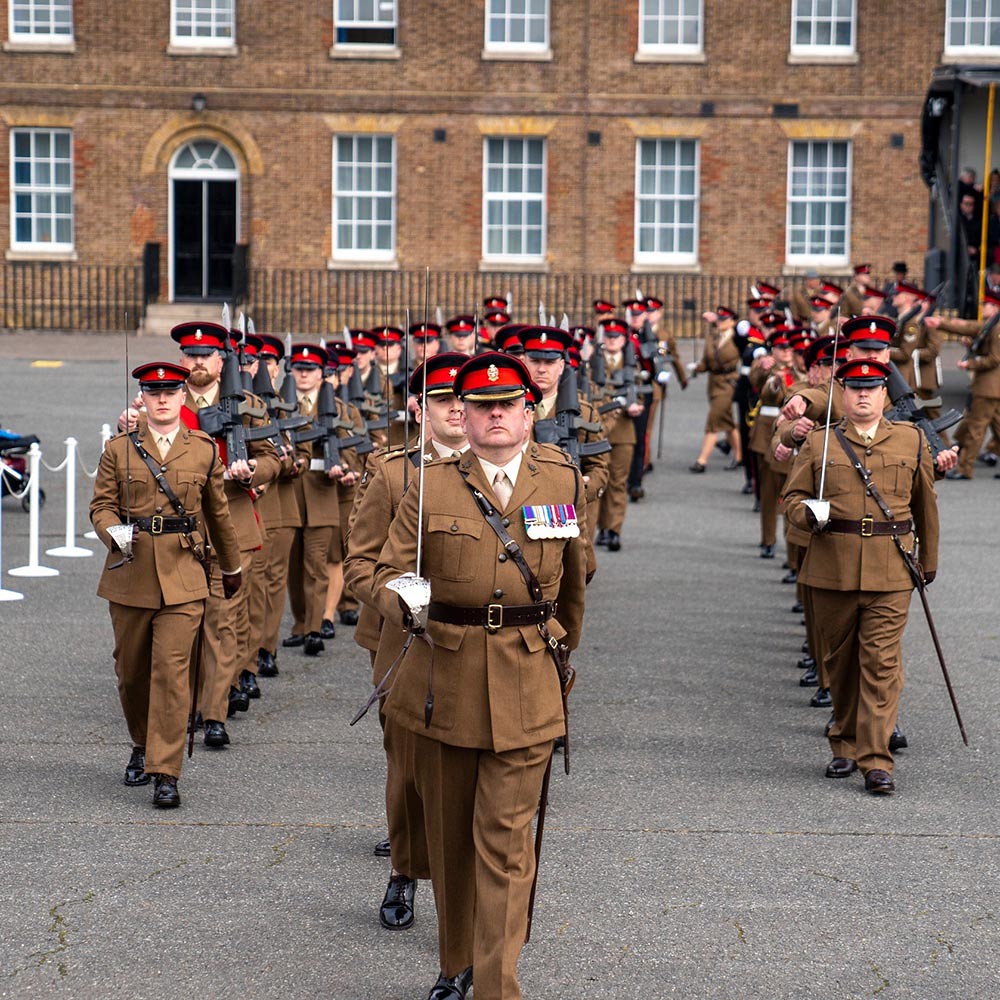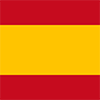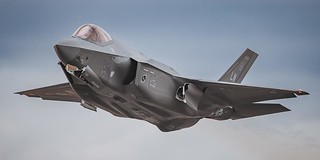Why aren't the armies of the UK, Canada, Australia and New Zealand called 'Royal'?
Both the United Kingdom and some countries of its Commonwealth of Nations preserve curious military traditions.
The British Army is not 'Royal' but has a Royal Guard
One of the best known consists of the use of the adjective "Real" to designate branches of the Armed Forces and specific units. However, that term is not as widespread as some think. Indeed, the British air force and navy are officially known as the Royal Air Force (RAF) and Royal Navy, without the name of the United Kingdom appearing, but -on the contrary- its land force is officially called "British Army", without the title of "Royal".

This exception of the British Army is especially strange if we take into account that its Household Division includes the King's Guard, that is, the King's personal guard, whose sentinels constantly watch over Buckingham and Saint James palaces. How is it that the British Royal House has not bestowed that title on the British Army? Let us also bear in mind that in that Army there are several corps and regiments that bear the title of "Royal".

The historical reason why the British Army is not 'Royal'
There is no official explanation for this exception, but the most likely cause is due to the founding of the British Army itself. The Royal English Navy was founded in 1546, during the reign of Henry VIII. Until then, England had never had a regular and well-organized navy. England took more than a century to form a standing army. Until then, it was customary for the nobles of the kingdom to enlist and finance their own troops.
The first regular English Army was created in 1645 in a very troubled situation for the country: the English Revolution started three years earlier by Oliver Cromwell and ended with the execution of King Charles I of England, followed by a dictatorship known as the Protectorate (1653-1659). The current British Army was refounded in 1660 with the restoration of the Monarchy and adopted its current name in 1707, with the approval of the Act of Union that unified England and Scotland, as well as their respective armies. The memory of that convulsive origin of the British Army has been reflected in the fact that it was not called "Royal", since it appeared at a time when England was formally a Republic.

The case of the Australian Army
The British Army tradition was passed down to Australia. the Australian Army (its official name) does not bear the title "Royal". It was founded in 1901 and has remained very loyal to the United Kingdom, fighting alongside the British in the Second Boer War, World Wars I and II, the Korean War, the Malayan Emergency and others later wars. Unlike the Army, the other two branches of the Australian Defense Force are called the Royal Air Force Australian Navy (RAAF) and Royal Australian Navy.

The Canadian Army
The British Army tradition spread to Canada as well. The current Canadian Army is the heir to the Canadian Militia, formed in 1855. In 1940 the old Militia was renamed the Canadian Army, without the title "Royal", following British custom. Unlike the designation of its land force, Canada's air and naval forces are called Royal Canadian Air Force and Royal Canadian Navy , names that were lost in 1968, when the three military branches were unified into the Canadian Armed Forces. All three branches reverted to their original names in 2011.

The New Zealand Army
Finally, and as in the United Kingdom, Australia and Canada, the New Zealand Army -it's its official name- also doesn't bear the title of "Royal". The current New Zealand Defense Force land force was founded in 1845 as a colonial militia. The current official name was adopted in 1950. Following British tradition, the air force and navy of this oceanic country are called Royal New Zealand Air Force (RNZAF) and Royal New Zealand Navy (RNZN), respectively.
It should be noted that, as in the United Kingdom, various corps and regiments of the Australian, Canadian and New Zealand Armies do use the title "Royal". All three Armies retain their emblems In addition, the British royal crown, since the three countries are constitutional monarchies that recognize the British King as their Head of State.
---
Main photo: UK Ministry of Defense. British Armed Forces soldiers at Kandahar Air Base in November 2014.
|
Don't miss the news and content that interest you. Receive the free daily newsletter in your email: |
- Most read
- Portugal confirms that it has begun its transition to the F-35 and indicates bad news for Spain
- A Corporal of the Regular Forces of the Spanish Army dies in an exercise in Poland
- Eurofighter vs F-35: the opinions of professional pilots on these advanced fighters
- The brutal 'touch and go' of a Lufthansa Boeing 747 at Los Angeles Airport
- The firearms used by the Pontifical Swiss Guard, the smallest army in the world
- The hydraulic team that maintains the C-101 Aviojet airplanes of the Patrulla Águila
- The deployment of Spanish soldiers of the Regulars and BRILAT near Russian territory

 ES
ES







Opina sobre esta entrada: